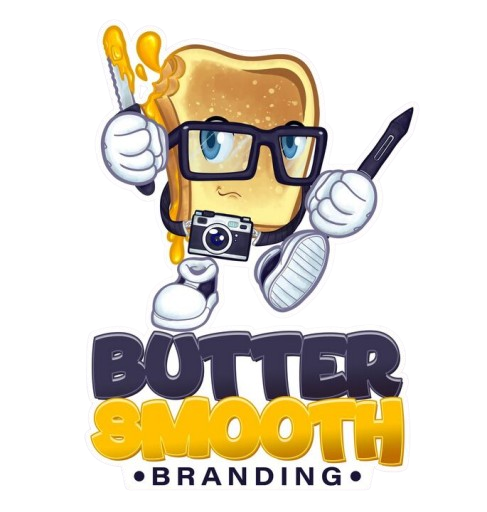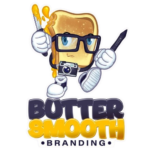In the ever-evolving landscape of marketing, two powerful schools of thought continue to battle for dominance: branding and direct response. While each has its loyalists, the question arises — do you really need to choose one over the other? Or is the sweet spot found in the synergy of both? Let’s break down the key differences, explore their unique strengths, and uncover how modern businesses can blend them for sustainable growth.
What Is Branding? (And Why It Matters)
The Long Game of Perception
Branding is about shaping how people feel about your business. It’s the perception people carry with them, long after an ad is closed or a product is purchased. Strong branding builds trust, recognition, and long-term loyalty. Think Apple, Nike, or Coca-Cola — names that evoke immediate emotion, not just product features.
Components of a Strong Brand
- Visual Identity: Logos, colors, typography, packaging
- Voice & Tone: How your brand sounds in communication
- Positioning: Your place in the market and what you stand for
- Experience: Every touchpoint — from website to customer service
Branding isn’t measured by immediate ROI, but rather by its compounding impact over time. It builds equity. It ensures your ads convert better in the future. It makes customers choose you even when a competitor is cheaper.
Why It’s Crucial
In crowded markets, people buy based on emotion, not logic. A strong brand anchors your marketing efforts. It gives campaigns cohesion, makes direct response ads more trustworthy, and amplifies word-of-mouth.
In short, branding is the soil from which long-term growth blossoms.
What Is Direct Response Marketing?
The Power of Immediate Action
Direct response is built to provoke action — now. Whether it’s a click, a signup, a purchase, or a share, this type of marketing is designed to be measurable, trackable, and performance-driven.
You’ve seen it everywhere:
- Facebook ads with limited-time offers
- Landing pages with countdown timers
- CTAs like “Buy Now,” “Book Today,” or “Download Free Guide”
Why Direct Response Works
It delivers clear, quick feedback. You launch a campaign, spend X dollars, get Y conversions. This feedback loop is a goldmine for marketers looking to iterate and optimize in real time.
- Great for acquisition: Especially for startups and new products
- Highly measurable: Perfect for testing creatives, copy, and audiences
- Scalable: Once you find a winning funnel, you can pour fuel on the fire
But — here’s the catch — direct response alone can burn out. It can commoditize your offering if it lacks emotional depth. That’s where branding steps back in.
The False Dichotomy: Why You Don’t Have to Choose
It’s Not Either-Or — It’s Yes-And
The truth? Branding and direct response aren’t enemies — they’re partners. When used together, they fuel each other.
A well-branded company sees better performance from its direct response campaigns. That’s because branding creates familiarity, which leads to trust, which leads to conversions.
On the flip side, smart direct response campaigns also reinforce brand identity. The tone, visuals, and value props in those high-converting ads should echo your brand essence.
Examples in Harmony
- Nike uses direct response in performance ads, but every piece feels distinctly “Nike.”
- Airbnb runs lead-gen campaigns for hosts while reinforcing their brand promise of “Belong Anywhere.”
- DTC brands like Glossier and Warby Parker build cult-like brands, while also retargeting users with timely conversion ads.
You don’t need to choose. You need to align. Your funnel should flow from branded awareness at the top to razor-sharp performance at the bottom — and both should reflect the same soul.
How to Balance Branding and Direct Response in Practice
Layered Funnel Strategy
The key to blending branding and direct response is funnel planning:
Top of Funnel (Branding Focus)
- Video content, lifestyle imagery, founder stories
- Sponsored content, influencer partnerships
- Organic social media
Middle of Funnel (Hybrid Focus)
- Retargeted ads with testimonials
- Downloadable guides or email captures
- Case studies or product demos
Bottom of Funnel (Direct Response Focus)
- Discount offers, limited-time deals
- Product pages and cart abandon flows
- Customer reviews and urgency-driven CTAs
Creative That Converts and Connects
- Lead with story, close with offer
- Use brand colors, fonts, and tone in all creatives
- Marry emotional appeal with clear action steps
Attribution and Patience
Track performance, but with nuance. Branding pays off in higher LTV, stronger referrals, and organic growth. Don’t kill a brand campaign just because it didn’t convert today. Measure both short-term response and long-term impact.
Final Thoughts: Integration Is the New Strategy
The most successful modern brands don’t pick sides — they orchestrate both. They understand that attention is short, but memory is powerful. That urgency works best when it’s backed by trust. That action without emotion is transactional, but emotion without action is unprofitable.
You don’t need to choose between branding and direct response. You need to weave them together — into a holistic, performance-focused brand strategy.
At Butter Smooth Branding, that’s what we do best.
???? Let’s build your growth engine — one that feels good and performs even better.


